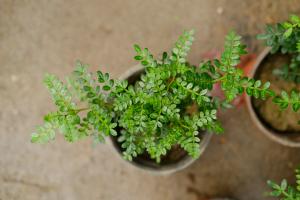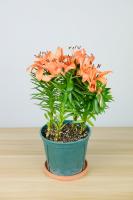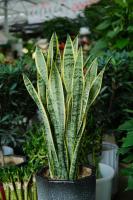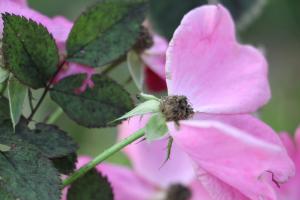Introduction
Have you ever come across small blister-like clear water on plants and wondered what they are? Well, these blisters are commonly known as plant blisters and can occur due to several reasons. In this article, we will explore what they are, why they occur, and how to deal with them.
What are plant blisters?
Plant blisters are small watery bumps that appear on the leaves and stems of plants. They can vary in size and color depending on the plant species and the cause of the blisters. In some cases, the blisters may appear as small clear sacs, while in others, they may be whitish, yellowish or reddish in color.
Causes of plant blisters
The primary cause of plant blisters is usually an insect or fungal infection. For instance, aphids, spider mites, thrips, scale insects, and whiteflies are common insects that can cause plant blistering. These insects pierce the plant cells, causing them to rupture and leak clear fluid. Similarly, fungal infections such as powdery mildew and rust can cause the formation of blisters.
Environmental factors such as excessive humidity, heat, and water stress can also cause plant blisters. When the conditions are too humid or wet, water accumulates on the surface of the leaves and stems, leading to blisters. Overwatering or underwatering can also cause plant blisters. When plants are overwatered, they absorb more water than they can handle, leading to the formation of blisters.
How to deal with plant blisters
The first step in dealing with plant blisters is determining the root cause. If it is an insect or fungal infection, the affected plant parts should be removed and destroyed to prevent the infection from spreading. Chemicals and natural remedies such as insecticidal soaps and neem oil can also be used to control insect infestations.
On the other hand, if the blisters are caused by environmental factors, you should address the underlying problem. This may involve adjusting the watering schedule, improving air circulation, or reducing humidity to prevent blisters from forming. In some cases, pruning the affected plant parts can stimulate new growth and allow the plant to recover.
Conclusion
Plant blisters can be unsightly and can negatively affect the health of your plants if left untreated. Understanding what causes them and how to deal with them can help prevent their formation and keep your plants healthy and thriving. Always ensure that you maintain a healthy growing environment for your plants and address any issues as soon as they arise to prevent the formation of blisters.

 how many times do yo...
how many times do yo... how many planted tre...
how many planted tre... how many pine trees ...
how many pine trees ... how many pecan trees...
how many pecan trees... how many plants comp...
how many plants comp... how many plants can ...
how many plants can ... how many plants and ...
how many plants and ... how many pepper plan...
how many pepper plan...






























